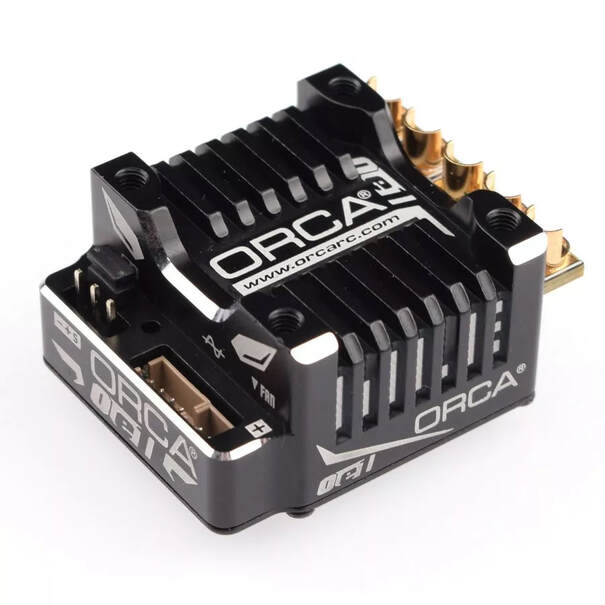|
Here's a quick explanation of some of the available settings in your ORCA ESC Instruction manual:
Additional instruction manuals, firmware updates and setup sheets are available on PetitRC here Calibration: First, set transmitter settings as follows:
Next:
*If you do not hear the beeping sound as described above, try reversing the throttle reverse setting in the transmitter ESC Settings: 1. Throttle Feel
2. Punch
3. Party Mode
4. PM Limiter
5. Timing
6. Turbo Timing
7. Turbo down rank
9. Brake Type
Advance Setup:
1. PWM (Pulse Width Modulation)
2. (Throttle) Compress
3. Timing start
4. Timing End
5. Turbo delay
6. Turbo start
9. Initial Brake
10. Maxbrake Force
Comments are closed.
|
||||||

